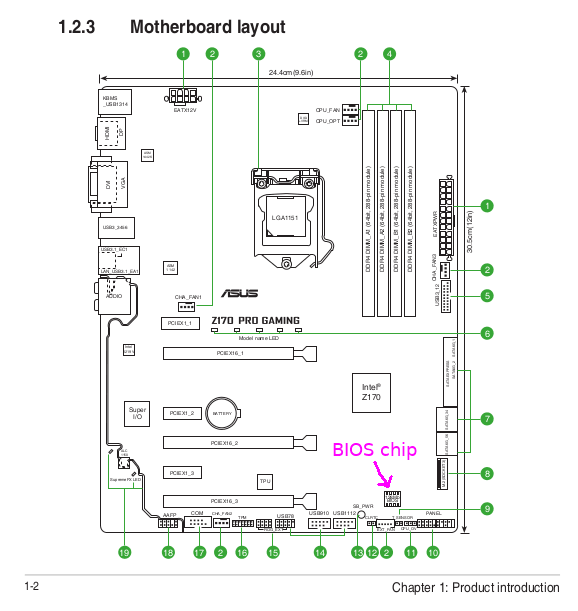
AMI-specific features like NCBs, ROM_AREA structure and other things like that can't be implemented by me because of the NDA I have.UEFITool will permit you to extract data from an image, insert items within. If someone wants to write an unpacker for such crappy files - I will be glad to use it. UEFITool allows the modification, parsing, and extraction of UEFI firmware images.
UEFITOOL 0.21.5 WINDOWS
The UEFI BIOS logo is the one that shows up during POST and while Windows boots.
UEFITOOL 0.21.5 UPDATE
The program is meant to work with BIOS images, not some vendor-specific BIOS update files, that is why some of that update file either cant be opened at all or return errors on reconstruction. I recommend using UEFITool 0.21.5 (other versions won’t let you repack modules) to look into and modify BIOS modules: DXE drivers/menu configurations/CPU microcode update/etc., a small part of the BIOS that changes how the BIOS ROM works on the system.It's on my high priority features list, so I hope it will be corrected soon. In the ASUS UEFI BIOS utility advanced mode, you should first disable the secure boot feature: Shift to the Boot tab. Some images may not work after modification because of no FIT table support implemented yet. Step 2: Disable Secure Boot & Enable Legacy Boot.Some images has non-standard calculation of base address of TE images, so the program can rebase them incorrectly after modifications.Don't rush it, because reconstruction process can also generate some usefull messages, which will be lost if you open the reconstructed file immediatelly. If anything goes wrong on the reconstruction, an error will pop up, otherwise the program will prompt if you need to open the reconstructed file. It’s easy to use with a simple interface, although it still requires you to have some UEFI knowledge, too.After you've finished the modifications, you need to initiate image reconstruction using Save image file command from the File menu. To conclude, UEFITool is a user-friendly tool for accessing your UEFI configurations and settings and making changes to them. And when you’re done editing, you can easily export the image. You may also remove the pieces you find unwanted. You can extract the data from an image and insert items into the image itself. In terms of the features, you’ll have access to some nice UEFI tools. You’ll be able to open them and view them inside a structured interface where you’ll see their name and additional information about them. These are some of the most common and standard BIOS image types. It is compatible with many BIOS image types, such as ROM, BIN, CAP, BIO, FD, WPH, and EFI. What is more, this application offers you many nice functionalities and compatibility.


Even though it’s not very visually appealing, you’ll be able to use it easily and with ease.

But it’s the experience that matters, and that is on a relatively high level. It has a simple design that looks somewhat simplistic. However, it’s also important to note that you’ll need to have some knowledge about the configurations inside UEFI, even if the tool is simple and easy to use.īut if you already have that, then using UEFITool will be a breeze. This tool is made in a user-friendly manner as it has an intuitive interface that will allow you to easily access your UEFI configurations. You can import the data via image files, and you can view these configurations and edit them if you want.Įven though UEFI editing is perceived to be a job for professionals, you’ll be able to edit them with this user-friendly application that will provide you with a nice interface. With UEFITool, editing and viewing your UEFI and BIOS configurations are easy. UEFITool allows you to edit your UEFI thanks to this user-friendly interface where you’ll be able to access all of the tools inside UEFI even if you’re a beginner.


 0 kommentar(er)
0 kommentar(er)
